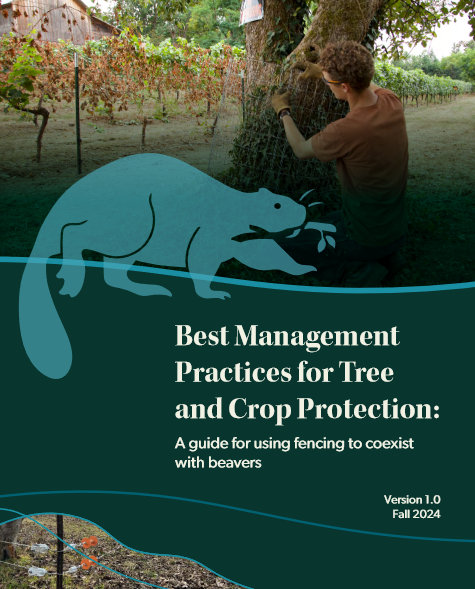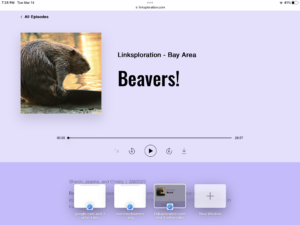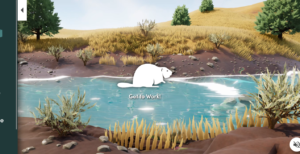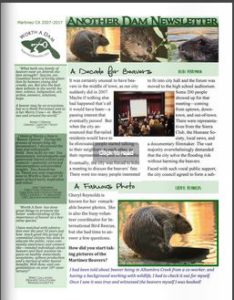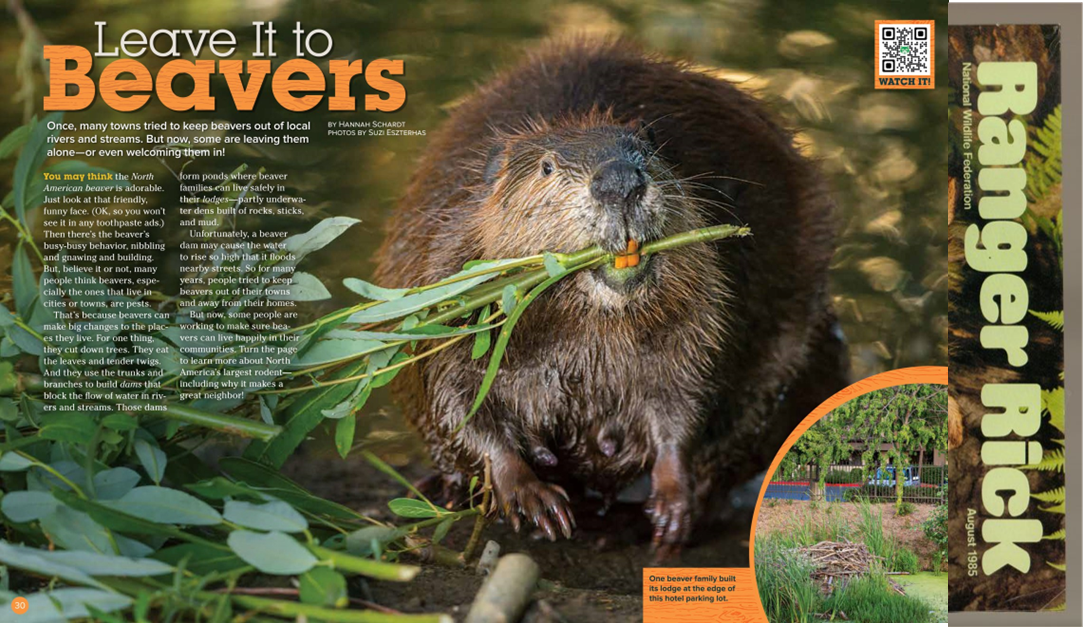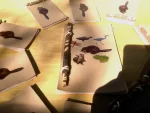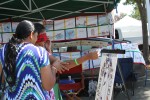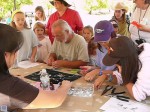Great article from Wildlife Defenders who have been beaver believers since way back in the Sherri Tippie days.
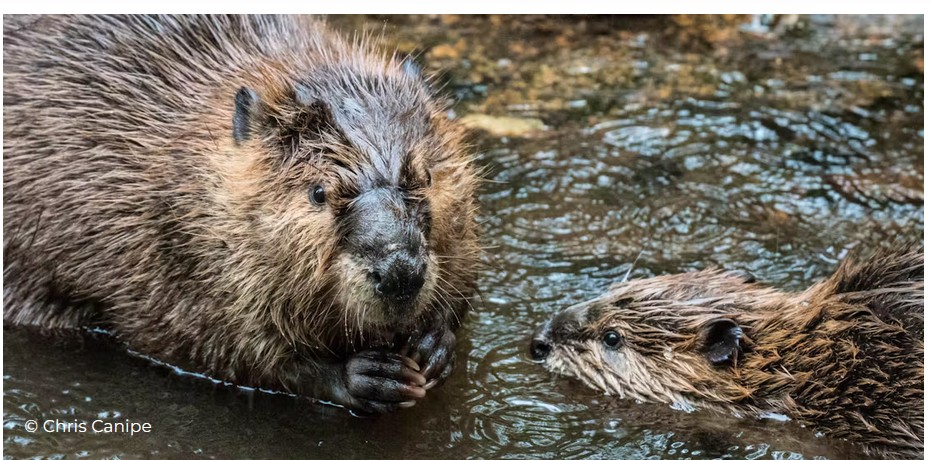 In the upper reaches of the Rio Quemado lies the small village of Cordova. At the edge of town lives Emilio Borrego, a young farmer with a passion for all things farming and wildlife, especially fruit trees and beavers. Emilio is assisting Defenders with community outreach about beavers and how to coexist with them.
In the upper reaches of the Rio Quemado lies the small village of Cordova. At the edge of town lives Emilio Borrego, a young farmer with a passion for all things farming and wildlife, especially fruit trees and beavers. Emilio is assisting Defenders with community outreach about beavers and how to coexist with them.
When not farming, Emilio spends his time helping people to conserve water during their farming operations and promoting beavers for more reliable water resources. He also encourages participation in Defenders’ beaver coexistence cost share program for anyone needing help mitigating a beaver-human conflict.
Beavers and water security. What a great phrase. I want to print it on all our faucets.
In the Southwest, as a result of climate change, many perennial rivers now run dry during parts of the year. The Rio Quemado is one such river. Originating from the snows of Truchas Peak, this river supports diverse wildlife, as well as numerous traditional acequia farming communities.
Acequia farming in Northern New Mexico dates back to Spanish colonization. These small-scale farmers divert water via ditches — or acequias in Spanish — to irrigate their crop fields far from rivers. One of these farmers, Don Bustos, uses acequia farming to grow and sell asparagus, blackberries, chilis and more. All his produce is sold within a 25-mile radius of his farm in Chimayo, New Mexico. For Don, and other acequia farmers, an abundant water supply not only provides a living, but also sustains a unique, treasured way of life.
To sustain this culture, as well as provide ample water for wildlife, our team is installing beaver dam analogues along the Rio Quemado. Beaver dam analogues are human-made structures that do their best to mimic beaver dams. Each beaver dam and analogue causes water to pond, which in turn allows the surrounding soils to soak up water like a sponge during high flows. Then, during the summer, when flows are low, this water seeps out of the soil and back into the river, helping it flow year-round. In areas where beaver habitat is no longer present – due to a variety of factors, including depleted water tables and a corresponding lack of vegetation for food – the analogues also help to restore habitat and encourage beavers to move in, improve upon and sustain our restoration efforts.
Let the beavers do the work. It’s ready for primetime and coming to an Acequia near you.
The primary goal of our beaver dam analogues and community outreach work is to sustain year-round water flows from Truchas Peak to the Rio Grande. On its way down the mountain, the Rio Quemado flows into the Santa Cruz River. The Santa Cruz River in turn flows downstream, eventually joining the Rio Grande.
We cannot achieve our goal without our indigenous partners at the Santa Clara Pueblo, which is a federally recognized tribe and sovereign nation located at the confluence of the Santa Cruz River and the Rio Grande. The people living in its over 2,000 residences are descendants of the Ancestral Puebloans, the original indigenous culture that thrived in the Southwest and whose ancestral dwellings are found throughout the area, including at Mesa Verde National Park and Chaco Canyon National Historical Park. Daniel Denipah, the Pueblo’s Forestry Department Director, has overseen impressive restoration work throughout the 90 square mile reservation.
Just remember that BDAs aren’t nearly as good as beavers. They never even repair themselves after washing out!
Now, in partnership with Defenders, he and his team are working to restore ecological function to a stretch of the Santa Cruz River that runs dry every summer. We will install beaver dam analogues together, which combined with the outreach work being conducted upstream, will help achieve our water conservation goals.
In the future, we wish to stand along the mighty Rio Grande, look up at Truchas peak and know that, with the help of beavers, the rocky rivers cascading down it are now flowing year-round, providing abundant water for both wildlife and people.
Beavers are up for their job. Let them help.

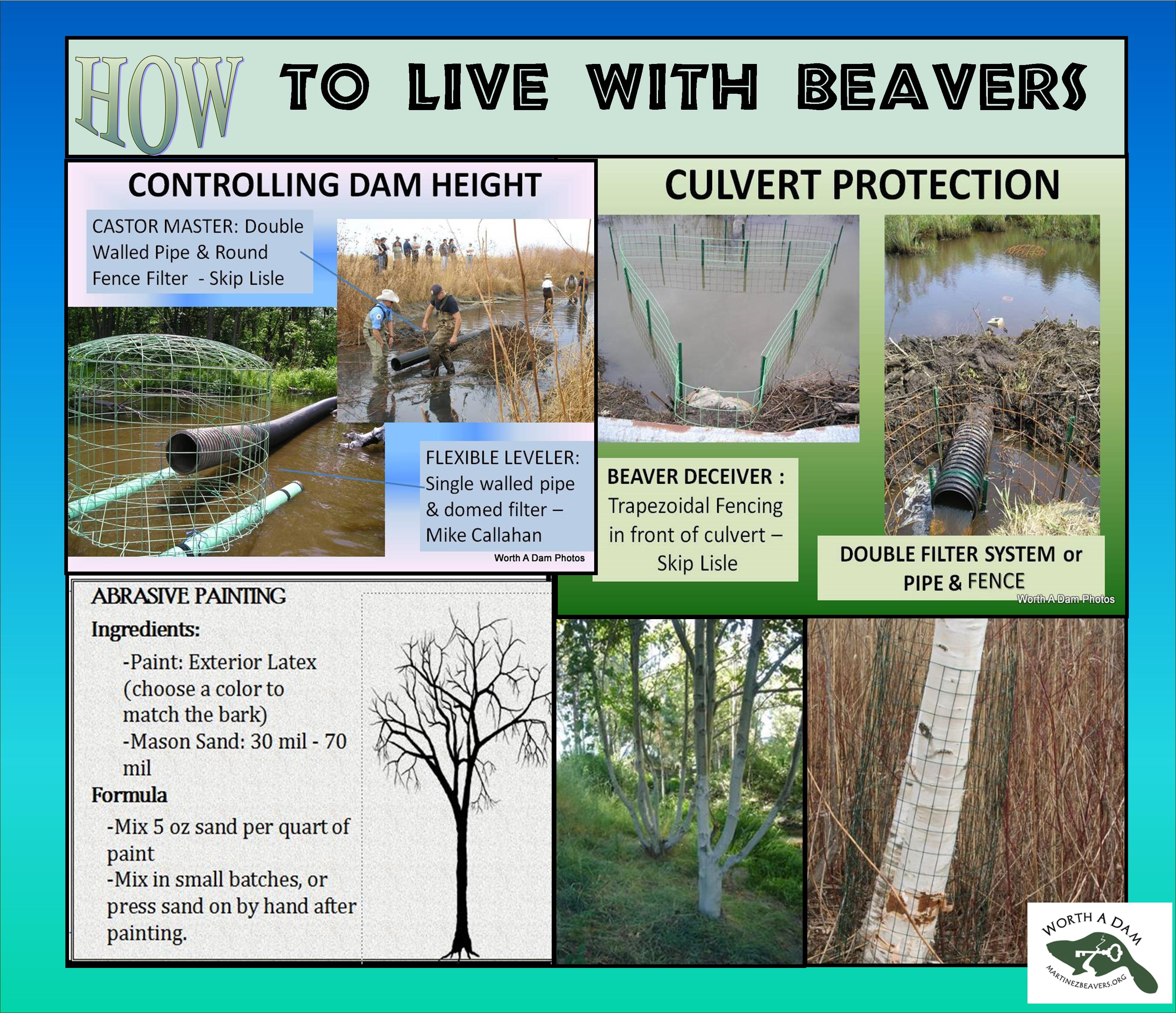



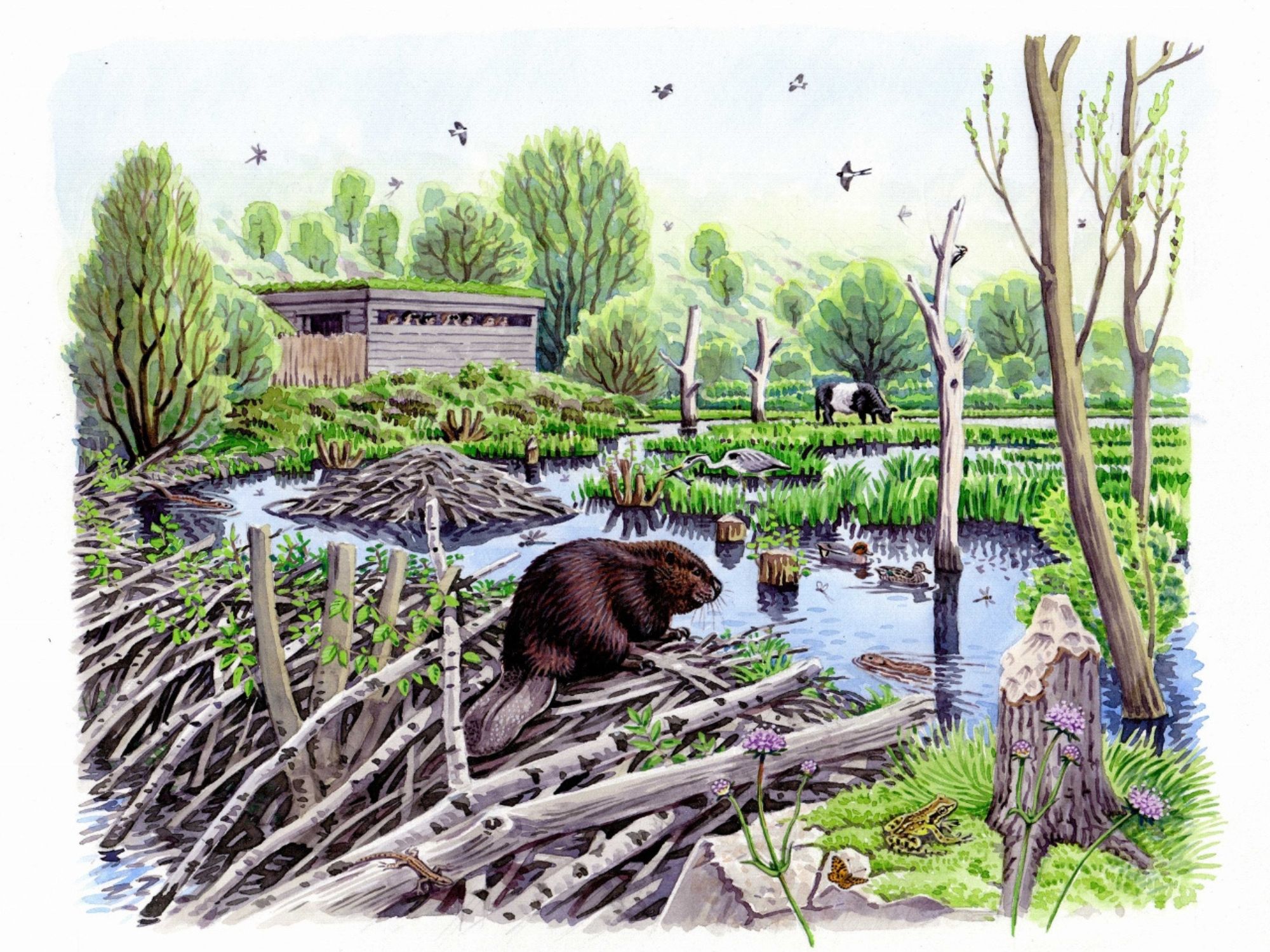
 In the upper reaches of the Rio Quemado lies the small village of Cordova. At the edge of town lives Emilio Borrego, a young farmer with a passion for all things farming and wildlife, especially fruit trees and beavers. Emilio is assisting Defenders with community outreach about beavers and how to coexist with them.
In the upper reaches of the Rio Quemado lies the small village of Cordova. At the edge of town lives Emilio Borrego, a young farmer with a passion for all things farming and wildlife, especially fruit trees and beavers. Emilio is assisting Defenders with community outreach about beavers and how to coexist with them.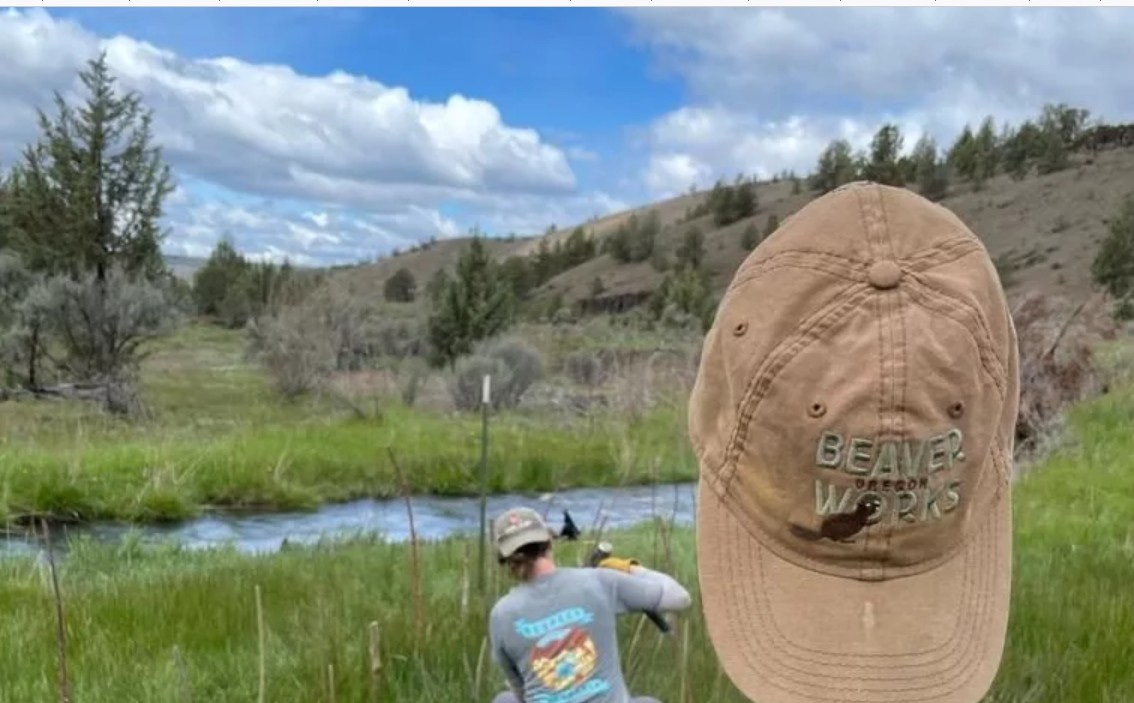 Join us for this thematic overview and hands-on workshop where the Beaver Works Oregon team will introduce the “BeaverHOODs” concept and educate on the purpose and execution of our beaver habitat restoration efforts in Central and Eastern Oregon.
Join us for this thematic overview and hands-on workshop where the Beaver Works Oregon team will introduce the “BeaverHOODs” concept and educate on the purpose and execution of our beaver habitat restoration efforts in Central and Eastern Oregon.

